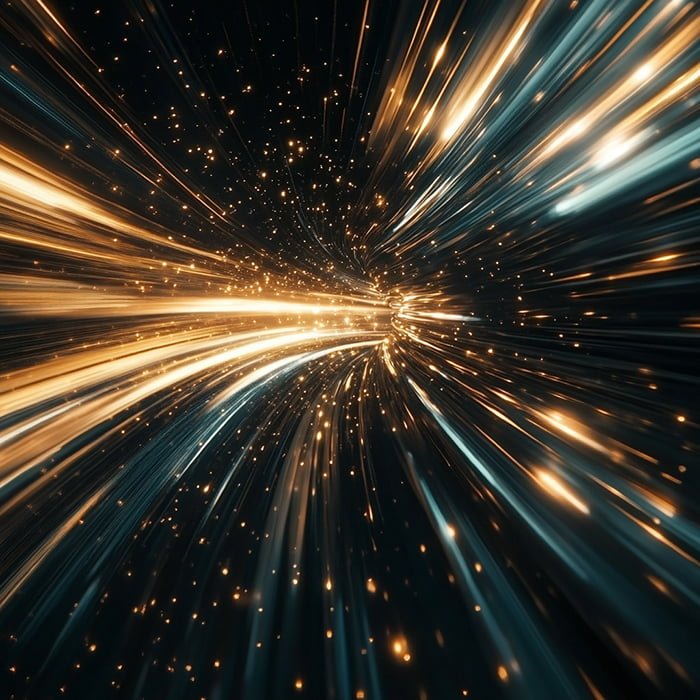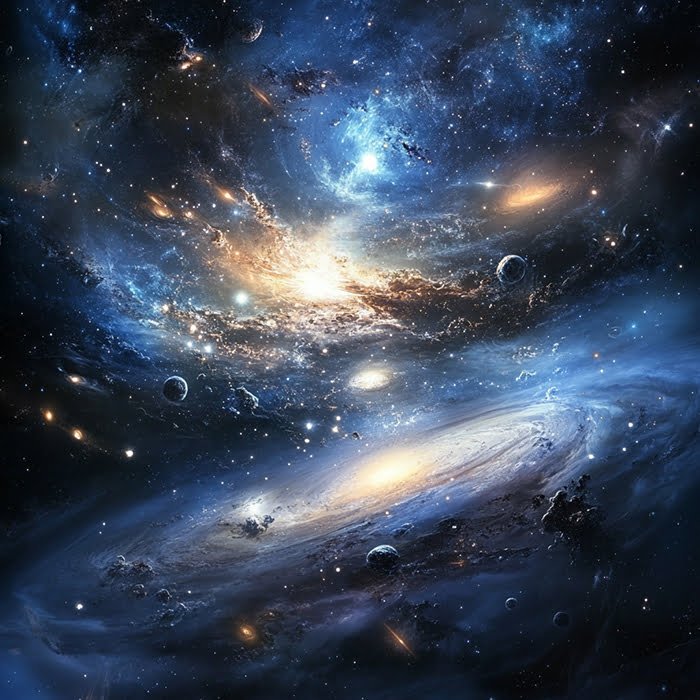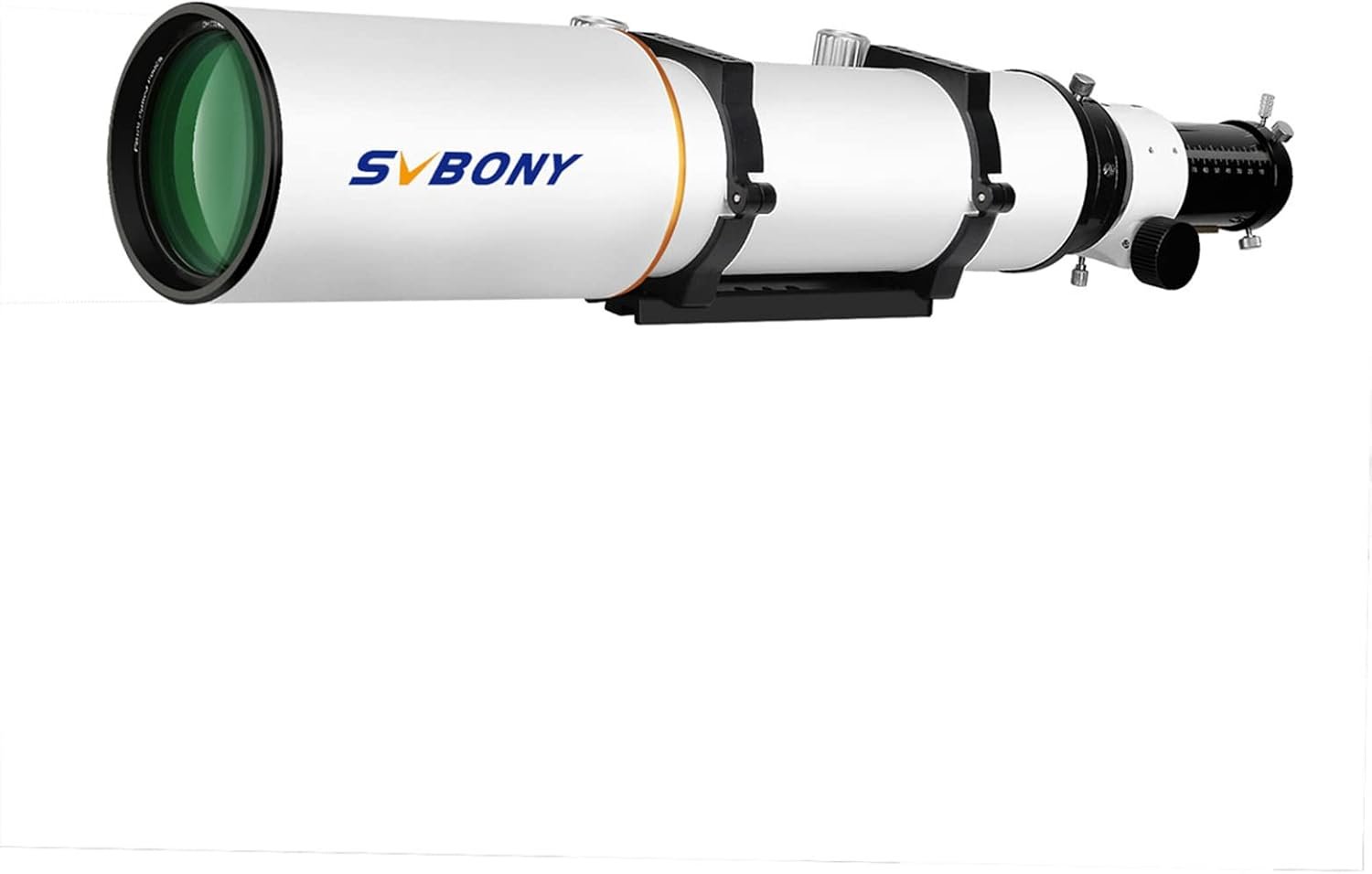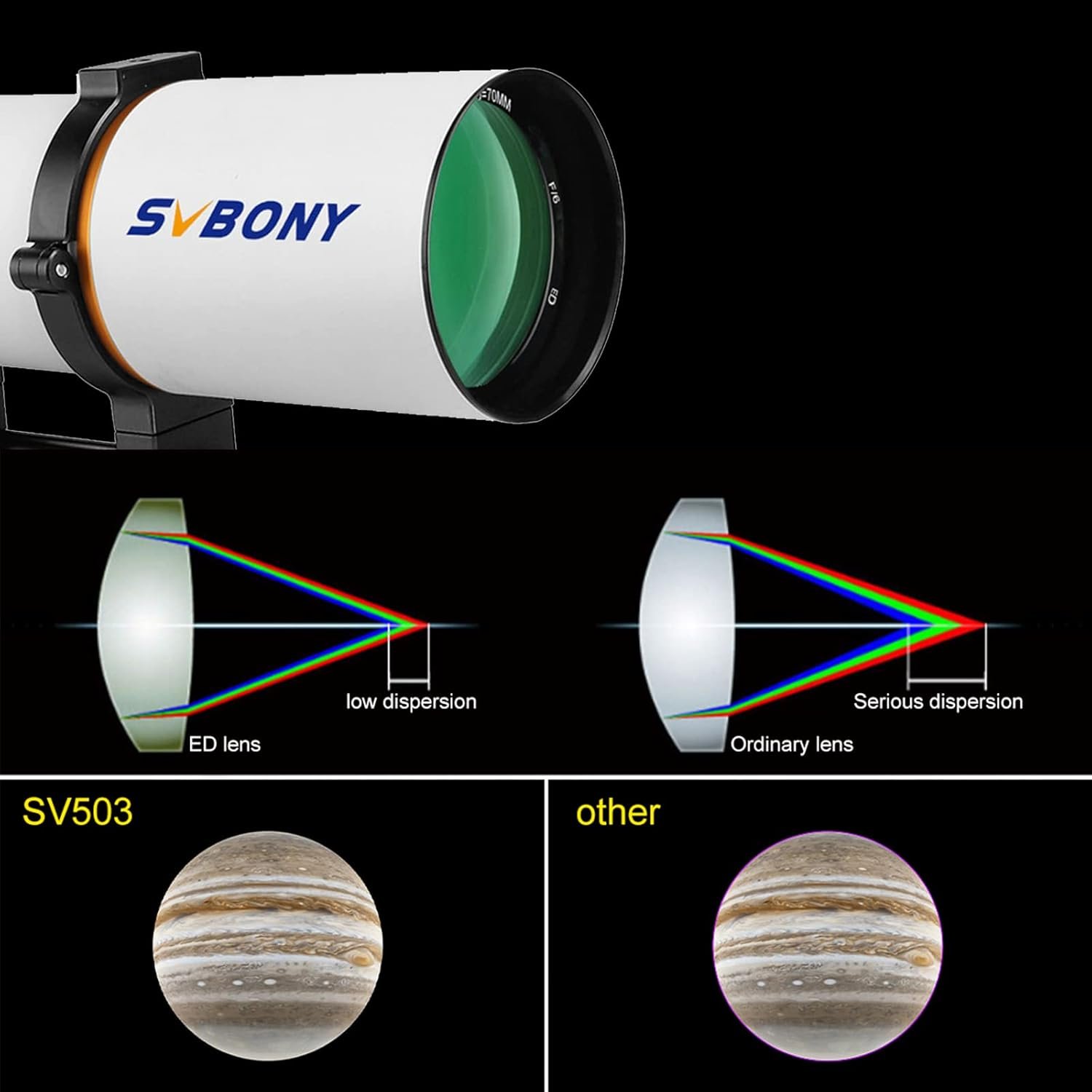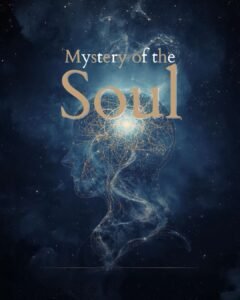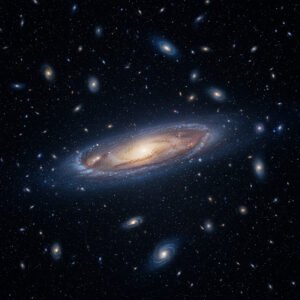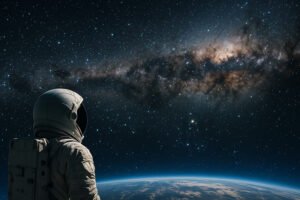Explore light-speed travel and its mind-bending effects: optical illusions, time dilation, and the quest for warp drives.
Have you ever let your imagination wander through the cosmos, pondering what it would be like to travel at the speed of light? The prospect of such a journey, cruising through the vast expanses of space at light-speed, is not only thrilling but also challenges our understanding of reality. This imaginative voyage opens the door to a universe filled with optical illusions, relativistic effects, and theoretical breakthroughs that are as intricate as they are fascinating.
Key Takeaways 📝
- Light-speed travel unveils unexpected visual effects: From light aberration to Terrell-Penrose rotation, traveling at near-light speeds showcases optical illusions that defy our everyday perceptions.
- Relativity’s surprising effects: Time dilation and length contraction mean that while Earth-bound observers witness long journeys, travelers at light speed experience drastically shortened trips.
- The speed of light as an unbreakable barrier: No matter how much we accelerate, reaching or surpassing the speed of light is impossible due to the fundamental laws of physics.
- Warp drives as a theoretical breakthrough: Although speculative, manipulating spacetime through warp drives could potentially allow faster-than-light travel without breaking physical laws.
- Our universe’s complexity revealed: The phenomena encountered at high velocities underscore the intricate and surprising nature of our universe, inspiring ongoing exploration and fascination.
Optical Illusions of Accelerating to Light Speed
As our hypothetical spacecraft accelerates towards the speed of light, we are greeted by an array of optical phenomena that redefine our perception of the cosmos. One of the first visual surprises is the “aberration of light.” This effect causes the stars ahead to appear as though they are moving away, while the sky behind widens and darkens. This is due to the light rays bending towards our direction of travel, much like how raindrops seem to streak diagonally past the window of a speeding car.
Another optical illusion is the “Terrell-Penrose rotation.” As we near light speed, objects around us appear to rotate slightly towards our trajectory. This peculiar effect occurs because the light from different parts of an object takes varying amounts of time to reach our eyes, creating a distorted view. It challenges our intuitive understanding of perspective, making the universe seem even more mysterious.
Time Dilation and Length Contraction
Continuing our acceleration, we encounter the profound effects of special relativity. Time dilation emerges as one of the most counterintuitive phenomena. As we move further from Earth, the clocks we left behind seem to tick more slowly from our perspective. This time shift occurs because our path through spacetime diverges from Earth’s, altering our experience of time itself.
Simultaneously, length contraction becomes evident. Distances in the direction of our motion appear shorter than they are. From the vantage point of our spacecraft, a journey to a distant star that would span centuries from an Earthly perspective might seem to last only moments. This isn’t an illusion but a real consequence of relativity’s principles, which reshape our understanding of space and time.
Approaching the Speed of Light Barrier
As we edge closer to the speed of light, the universe around us undergoes dramatic transformations. Our field of view compresses into a bright focal point ahead, with the surrounding space plunging into darkness. The universe behind us recedes into invisibility, its light unable to catch up with our rapid retreat.
Despite our efforts, reaching or surpassing the speed of light proves impossible. This limit is a cornerstone of physics, an inescapable constant that defines the structure of reality. Attempting to break this barrier would render our spacecraft infinitely massive, a paradox that traps us within our own relativistic bubble.
Warping Spacetime: The Possibility of Faster-Than-Light Travel
The speed of light might be an unbreakable barrier, but theoretical physics offers a glimmer of hope through the concept of warp drives. Grounded in the mathematics of general relativity, warp drives propose the manipulation of spacetime itself to achieve faster-than-light travel. By creating a “warp bubble,” a spacecraft could theoretically traverse vast distances without exceeding light speed.
However, this concept remains speculative, especially given the technological challenges involved. The creation of such a warp bubble would require exotic materials with negative mass, a feat far beyond our current capabilities. Despite these hurdles, warp drives tantalize the imagination, suggesting a future where the cosmos is within reach.
The Universe’s Intricate Complexity Revealed
Our journey through light-speed travel highlights the universe’s complexity and mystery. From the optical illusions of light aberration to the profound implications of time dilation and length contraction, the cosmos reveals itself to be far stranger than our everyday experiences suggest. These phenomena not only challenge our understanding but also inspire a sense of wonder about the universe’s hidden depths.
The speed of light may remain an insurmountable barrier for now, but the quest to understand and manipulate spacetime continues to captivate scientists and science fiction enthusiasts alike. As we push the boundaries of our knowledge, who can say what other wonders and mysteries await discovery in the universe’s vast expanse?

Navigating the universe at the speed of light is more than a journey through space—it’s an exploration of the fundamental principles that shape our reality. The optical illusions, relativistic effects, and theoretical possibilities encountered on this voyage challenge our perceptions and deepen our appreciation for the universe’s complexity.
While the speed of light remains a steadfast limit, the dream of faster-than-light travel propels us forward, driving scientific inquiry and imaginative exploration. As we continue to probe the mysteries of the cosmos, we find ourselves on the brink of new discoveries that could one day transform our understanding of space, time, and the very nature of existence.
In this ever-expanding universe, the pursuit of knowledge is an adventure without end. Whether through the study of light-speed travel or the exploration of warp drive theories, each step forward brings us closer to unraveling the mysteries that have captivated humanity for centuries. As we gaze into the cosmos, we are reminded that the universe is not just a place we inhabit but a vast, intricate tapestry woven with the threads of science, wonder, and the boundless potential of the human imagination.

